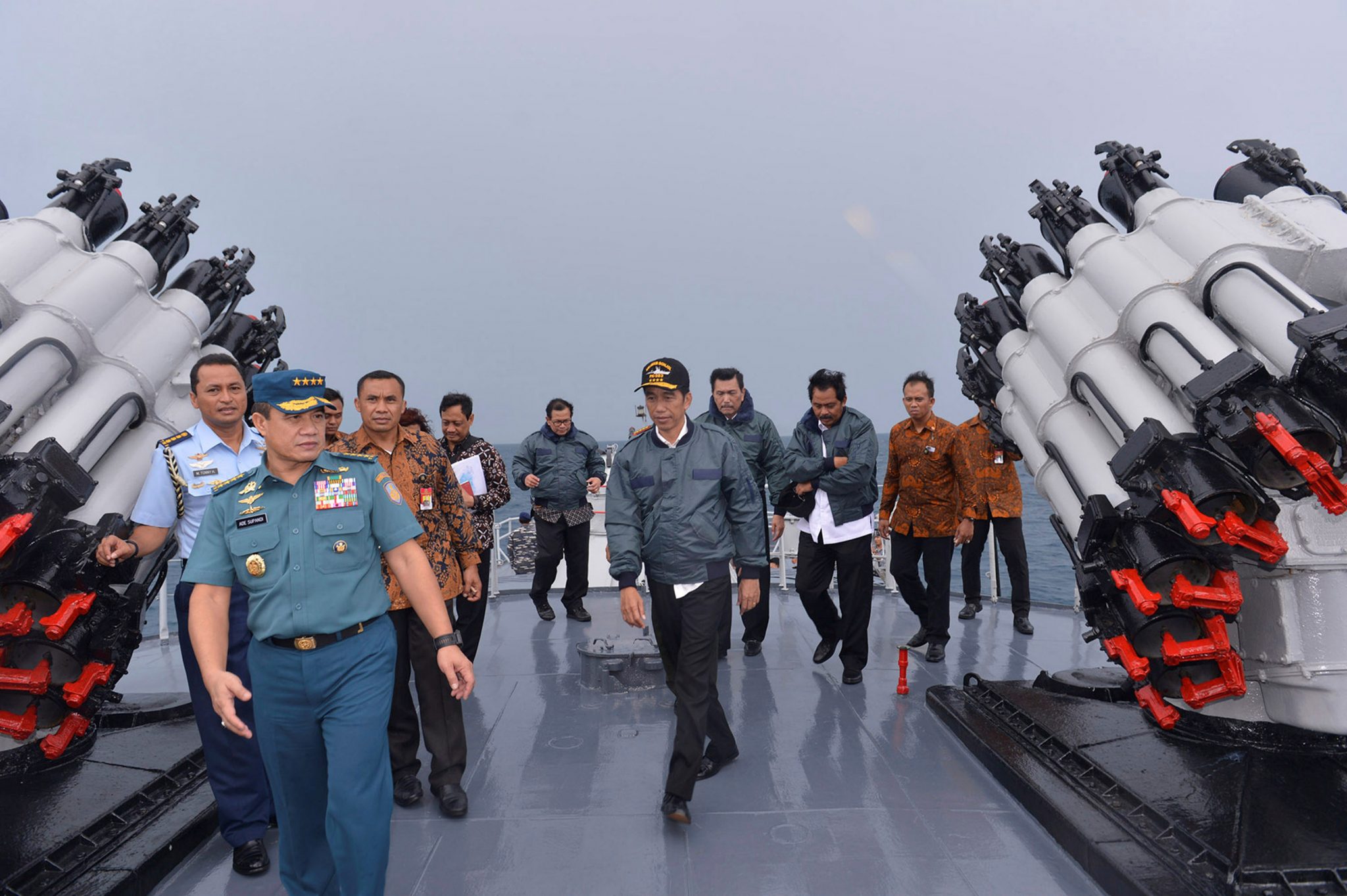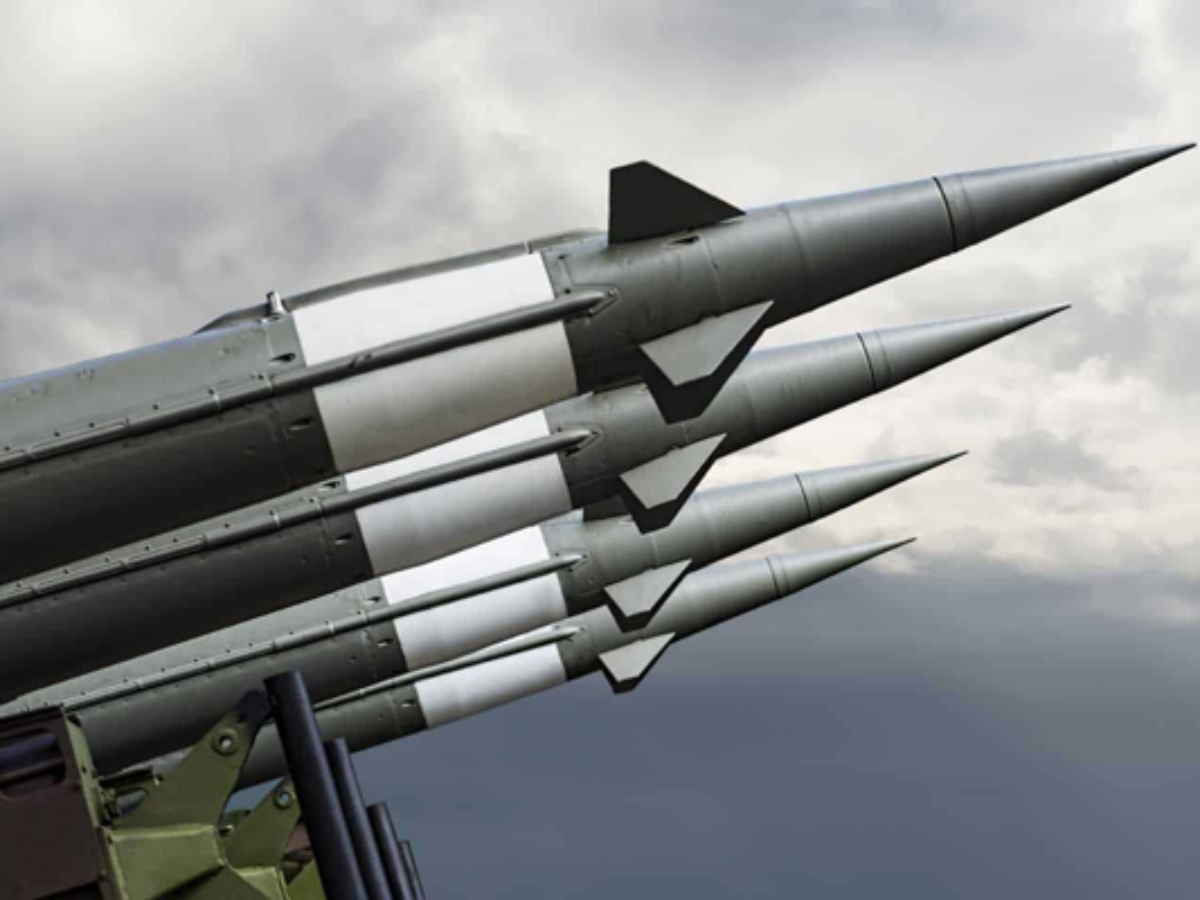The arms race in South Asia has its roots deeply embedded in the historical, political, and territorial disputes among the region’s primary actors, India, Pakistan, and, to a certain extent, China. The genesis of this competitive militarization can be traced back to the partition of British India in 1947, which gave birth to India and Pakistan, two nations that have since been embroiled in a series of conflicts, primarily over the contentious region of Kashmir. The first Indo-Pak war occurred shortly after independence, setting the stage for subsequent wars and military standoffs. The situation was further complicated by China’s involvement in the regional dynamics, especially after the Sino-Indian war of 1962 over disputed border territories, which left a lasting impact on India’s strategic outlook towards both its neighbors. The real pivot towards nuclearization in South Asia came in 1974 when India conducted its first nuclear test, dubbed “Smiling Buddha,” positioning itself as a nuclear-capable state. This move was largely motivated by a desire to establish a deterrent against China’s earlier nuclearization in 1964 and to assert its dominance in the region. Pakistan, feeling encircled and threatened, embarked on its nuclear program, achieving its goal in 1998 with a series of nuclear tests in response to India’s tests earlier that same month. These events marked the official start of the nuclear arms race in South Asia, transforming the regional security landscape and introducing a nuclear dimension to the existing territorial and ideological conflicts. The ensuing years saw both India and Pakistan expanding their nuclear arsenals and developing ballistic missile capabilities, with each test and advancement being closely watched and often matched by the other. China’s military modernization and its pivot towards enhancing strategic capabilities in the Indian Ocean have added another layer of complexity to the regional security environment, compelling India to further advance its military capabilities, not just to counter Pakistan, but to deter Chinese influence in its strategic backyard. The history of the arms race in South Asia is thus a narrative of strategic rivalry and security dilemmas, driven by historical grievances, territorial disputes, and the quest for regional dominance. This backdrop provides a crucial context for understanding the current state of military advancements in the region, including the latest developments.
The test of India’s Agni-V missile on March 11, 2024, featuring the advanced Multiple Independently Targetable Re-entry Vehicles (MIRV) technology, signifies a critical juncture in the ongoing arms race in South Asia, a region already steeped in complex geopolitical tensions and historical conflicts. This development is part of a broader narrative of escalating military sophistication and strategic posturing in South Asia, highlighted by significant events such as Pakistan’s testing of its Shaheen-III ballistic missile, capable of reaching all of India, and China’s deployment of the DF-41, an intercontinental ballistic missile with MIRV capabilities, emphasizing the competitive nature of military advancements in the region. The introduction of MIRV technology by India, allowing for the deployment of multiple nuclear warheads from a single missile to various targets independently, represents a leap in ballistic missile capabilities, augmenting India’s strategic deterrence challenging its regional adversaries and altering the strategic equilibrium. The evolving security dynamics in South Asia are profoundly influenced by these developments, driving a nuanced arms race that extends beyond conventional weapon systems to include cyber capabilities, space technology, and artificial intelligence applications in military strategy. This arms race is characterized by a multifaceted approach to enhancing national defense postures, with an increasing emphasis on technological superiority, survivability, and precision. The acquisition of MIRV technology, in particular, underscores a shift toward more sophisticated and survivable nuclear forces, with the potential to deliver multiple nuclear warheads across vast distances, thereby complicating missile defense efforts and strategic planning for adversaries.
 This technological escalation is set against the backdrop of long-standing rivalries and territorial disputes in South Asia, most notably between India and Pakistan, and India’s strategic contention with China. The induction of advanced military capabilities into the region’s strategic calculus prompts a reciprocal enhancement of defense postures, perpetuating a cycle of military competition that exacerbates regional tensions and undermines efforts toward stability and peace. The strategic rivalry between India and Pakistan is particularly impacted, with both nations seeking to maintain a credible deterrent posture while avoiding the pitfalls of a full-scale arms race. Similarly, India’s military advancements are partly motivated by the need to counterbalance China’s growing military capabilities and assert its position as a regional power. The implications of the South Asian arms race extend beyond regional security dynamics, impacting global strategic stability and non-proliferation efforts. The deployment of advanced missile systems, such as those equipped with MIRV technology, raises significant concerns regarding arms control and the potential for nuclear proliferation, as states outside the region may seek similar capabilities in response. Moreover, the enhancement of nuclear arsenals in South Asia complicates international efforts to promote disarmament and non-proliferation, challenging the existing frameworks and norms governing nuclear weapons. The pursuit of advanced military technologies in South Asia also highlights the critical issue of crisis management and conflict escalation in a nuclearized region. The deployment of systems capable of delivering multiple nuclear warheads with precision increases the stakes of strategic miscalculations and accidental escalations. The historical context of India-Pakistan relations, marked by periodic crises and conflicts, underscores the urgency of establishing robust mechanisms for crisis communication and confidence-building measures to mitigate the risks associated with these advanced military capabilities.
This technological escalation is set against the backdrop of long-standing rivalries and territorial disputes in South Asia, most notably between India and Pakistan, and India’s strategic contention with China. The induction of advanced military capabilities into the region’s strategic calculus prompts a reciprocal enhancement of defense postures, perpetuating a cycle of military competition that exacerbates regional tensions and undermines efforts toward stability and peace. The strategic rivalry between India and Pakistan is particularly impacted, with both nations seeking to maintain a credible deterrent posture while avoiding the pitfalls of a full-scale arms race. Similarly, India’s military advancements are partly motivated by the need to counterbalance China’s growing military capabilities and assert its position as a regional power. The implications of the South Asian arms race extend beyond regional security dynamics, impacting global strategic stability and non-proliferation efforts. The deployment of advanced missile systems, such as those equipped with MIRV technology, raises significant concerns regarding arms control and the potential for nuclear proliferation, as states outside the region may seek similar capabilities in response. Moreover, the enhancement of nuclear arsenals in South Asia complicates international efforts to promote disarmament and non-proliferation, challenging the existing frameworks and norms governing nuclear weapons. The pursuit of advanced military technologies in South Asia also highlights the critical issue of crisis management and conflict escalation in a nuclearized region. The deployment of systems capable of delivering multiple nuclear warheads with precision increases the stakes of strategic miscalculations and accidental escalations. The historical context of India-Pakistan relations, marked by periodic crises and conflicts, underscores the urgency of establishing robust mechanisms for crisis communication and confidence-building measures to mitigate the risks associated with these advanced military capabilities.
In addition to the strategic implications, the arms race in South Asia has profound economic and social impacts. The allocation of substantial resources to military advancements comes at the expense of social development and economic progress. The pursuit of technological superiority in defense capabilities necessitates significant investment, which could otherwise be directed toward addressing pressing societal needs, including poverty alleviation, healthcare, and education. This underscores the broader consequences of the arms race, affecting the welfare and development prospects of the region’s populations. Furthermore, the environmental implications of military advancements, particularly in the context of missile testing and nuclear weapon development, raise concerns about the ecological impact of such activities. The testing of advanced missile systems involves risks of environmental pollution and degradation, contributing to the broader challenges of environmental sustainability and climate change mitigation. Addressing the challenges posed by the arms race in South Asia requires a comprehensive and cooperative approach, emphasizing dialogue, diplomacy, and confidence-building measures. The establishment of regional security frameworks, arms control agreements, and transparency measures can play a crucial role in mitigating the risks associated with military advancements and promoting stability and peace in the region. Moreover, international cooperation and engagement with global non-proliferation regimes and disarmament initiatives are essential to ensure that the advancements in military technologies in South Asia do not undermine global security and stability.
In conclusion, the testing of the MIRV-equipped Agni-V missile by India, amidst the broader context of an escalating arms race in South Asia, embodies the complex interplay between technological advancements, strategic posturing, and geopolitical dynamics. This arms race, characterized by the pursuit of advanced military capabilities, has significant implications for regional and global security, crisis management, economic development, and environmental sustainability. The challenges presented by the arms race underscore the need for concerted efforts toward dialogue, cooperation, and peacebuilding to ensure the long-term stability and prosperity of South Asia and beyond. The pursuit of technological advancements in defense capabilities, while a sovereign prerogative, must be balanced with the imperative to foster peace, security, and development in one of the world’s most volatile and dynamic regions.

RESEARCH ASSOCIATE



